Last week I posted a recipe for my favourite East Indian dish – Navratan Korma. In the post, I mentioned that I had taken a fantastic vegetarian East Indian cooking course a few years back where we made a number of dishes and learned about a variety of spices and herbs. My teacher had also given all of the students a beginner’s spice kit to get us all started with East Indian cooking at home. After last week’s post, a few people contacted me with interest in knowing what was in the beginner’s spice kit put together by my teacher. So, without further ado, here are the 12 most commonly used spices in East Indian cooking. For those of you just getting into creating curries at home, these 12 spices will allow for unlimited creativity in the kitchen. Many of these spices can be used in Middle Eastern and African cooking as well.
Indian Spice Starter Kit
1. Red chili (such as cayenne pepper)
2. Carom seeds (Ajwain seeds)
3. Cinnamon sticks or ground cinnamon
4. Clove buds or ground cloves
5. Black mustard seeds
6. Fennel seeds
7. Green Cardamom pods or ground green cardamom
8. Turmeric (yes, I spelled it wrong on the jar lid…haha)
9. Cumin seeds or ground cumin
10. Coriander seeds or ground coriander
11. Black Cardamom or ground black cardamom
12. Garam Masala
Fresh ginger and garlic are also key to a well-stocked starter kit. I always buy ginger and garlic fresh when I am planning on creating an Indian dish, but you can use ground ginger and ground garlic if you prefer.
Carom (Ajwain seeds) have a similar flavour as thyme. In a pinch, thyme can be used in its place. If you use cardamom pods, you just have to break them open and grind the smell seeds inside. Mustard seeds, fennel seeds and cumin seeds need not be ground. However, for optimal flavour, make sure to toast the spices. Cinnamon sticks should be removed from your dish before serving.
Garam Masala is a blend of ground spices common in North Indian cuisine. It is a blend of spices that varies from family-to-family and region-to-region. Spices are toasted and ground together. A typical Garam Masala contains black + white peppercorns, cloves, cinnamon, cumin seeds and black + green cardamom pods. Garlic and ginger may be added as well. According to Wikipedia, the key to a good Garam Masala is balance, so that not one spice overpowers the entire mixture.
Carom (Ajwain seeds) have a similar flavour as thyme. In a pinch, thyme can be used in its place. If you use cardamom pods, you just have to break them open and grind the smell seeds inside. Mustard seeds, fennel seeds and cumin seeds need not be ground. However, for optimal flavour, make sure to toast the spices. Cinnamon sticks should be removed from your dish before serving.
Garam Masala is a blend of ground spices common in North Indian cuisine. It is a blend of spices that varies from family-to-family and region-to-region. Spices are toasted and ground together. A typical Garam Masala contains black + white peppercorns, cloves, cinnamon, cumin seeds and black + green cardamom pods. Garlic and ginger may be added as well. According to Wikipedia, the key to a good Garam Masala is balance, so that not one spice overpowers the entire mixture.
You can find all of these spices in any well-stocked grocery store or ethnic food store. Be sure to buy a quality garam masala to ensure your dishes have maximum flavour. Different blends of garam masala can be quite spicy. So, I always recommend adding 1/2 teaspoon of garam masala to your dishes at the end of cooking and then adjust as needed. Also, make sure to have relatively fresh spices on hand. You can purchase whole spices and grind them yourself for optimal flavour. To grind spices, you can use an old coffee grinder, a spice grinder or a mortar + pestle. If you cannot grind them yourself, using fresh pre-ground spices will do the trick as well.
Note: I find spices stay fresh for up to 6 months in a dark, dry cupboard.
Note: I find spices stay fresh for up to 6 months in a dark, dry cupboard.
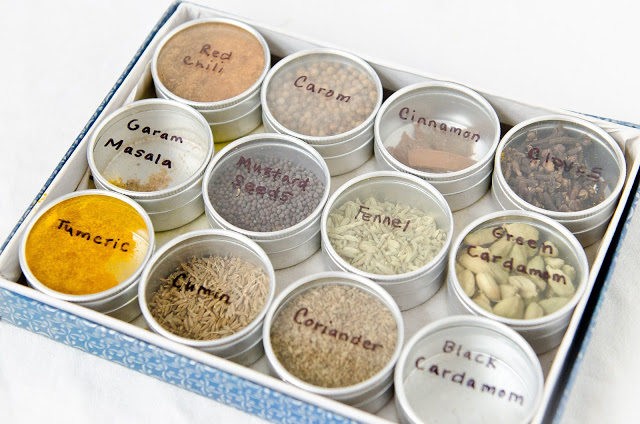
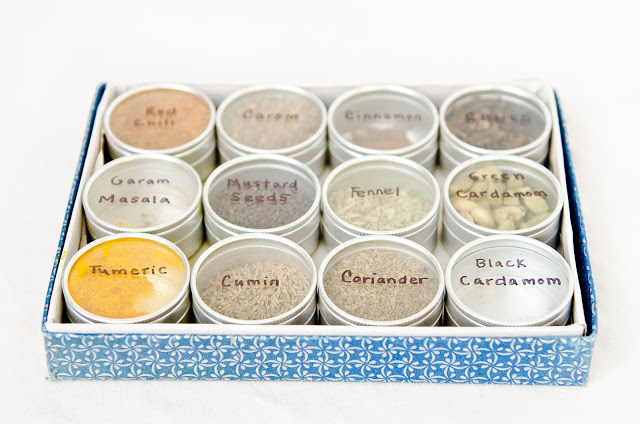
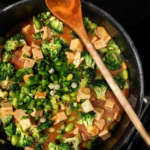
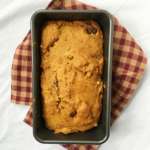

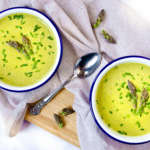
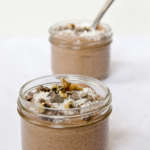
Thank you for sharing this. We are in the middle of having our new kitchen installed and I will be able to use this as an excuse to re-stock. This is excellent food for thought!
Garam Masala is definitely my favourite of the Indian spices, my curry recipes were never quite on with it missing! I didn’t even know Cardamom had varieties! Very cool stuff!
Thanks for this, I’ve just got a spice tin to use and was unsure which spices to fill it with to be useful. Thanks!
Love this! I definitely need to add a few more of these spices to my spice rack. :)
I love how you organized your spices – so cute! I’m usually afraid of buying whole spices because I don’t know how to use them, but I’m sure they would taste so much better!
So neat- thanks for sharing this info court!
I hope you’ll post more recipes from your cooking class! Tonight my husband made the Korma recipe you posted, and we loved it!
Spices make my food more interesting and trying new recipes is what i love to do.
Thanks for sharing Indian Spice Starter Kit.
You should com to my school
Mlle Hurd and I are working on arranging for me to visit :) I’ll bring you guys treats!